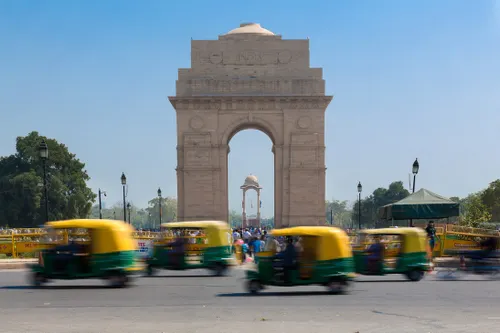
According to a study, groundwater exploitation is largely driven by the free supply of electricity to farmers for irrigation borewells.
| Photo Credit: file photo
A recent study by researchers at Water, Environment, Land and Livelihoods (WELL) Labs and Ashoka Trust for Research in Ecology and the Environment (ATREE) shows groundwater exploitation in the Upper Arkavathy watershed in Bengaluru Rural district posing a major threat to rural drinking water systems.
Based on data collected from Doddathumakuru and Aralumallige gram panchayats in the Aralumallige sub watershed, the research report identifies that the problem is largely driven by the free supply of electricity to farmers for irrigation borewells, which promotes the over-abstraction of groundwater and imposes an ‘electricity debt’ on the gram panchayats.
Chasing a limited resource
The Aralumallige sub watershed, a 20 sq. km catchment on the outskirts of Bengaluru, is a semi-arid region that receives an average annual rainfall of around 800 mm. Groundwater is the sole source of irrigation for farmers in this region.
According to the study authored by Veena Srinivasan, Lakshmikantha N.R., Manjunatha G., and Ganesh Nagnath Shinde, the water abstraction far exceeds groundwater recharge from rainfall. It points out that drinking water schemes in these areas are not sustainable and continued access to piped drinking water is at serious risk.
“The market factors are driving farmers to pump more. But the rainfall is only around 800 mm which will get exhausted by the time you irrigate a third of the land. The other two-thirds still need water which is why there is the problem of competitive drilling. It is a landscape which is water limited – land is plentiful, water is not enough. Everybody is chasing a limited resource,” explains Ms. Srinivasan, lead author of the report.
The problem is not unique to the region but is shared by many rural areas across Karnataka and the rest of peninsular India, says the study.
Financial burden
The study also notes that groundwater depletion imposes a major financial burden on local authorities and subsequently on households and local communities.
“New borewell drilling for drinking water and increasing pumping costs are significant, with the latter constituting a bigger burden,” it points out. The study further notes that these costs compete directly with other development priorities like schools and primary health care facilities.
“Sometimes, the entire town’s budget for water is going in the electricity bill. Then they are not investing in other systems such as wastewater treatment, and it has got a whole cycle associated with it,” says Ms. Srinivasan.
Different approach
To address the challenges, the study calls for a ‘fundamentally different approach to planning’ and suggests incentives to farmers to transition to diversified income portfolios that can both increase farmer incomes and reduce abstraction.
“If you are using much more water than is available through rainfall, then there are only two ways forward. Either bring water from somewhere far away, which the government is already doing through treated wastewater schemes. Or you limit the amount of water you are pumping,” says Ms. Srinivasan who admits that the latter is a politically fraught issue.
“The government’s focus is primarily on putting recharge structures. All the farmers are using drip irrigation. After all of this there is still a gap. So, can there be an incentive mechanism where farmers are paid to not pump more than a certain amount? These types of schemes are still to gain traction. But that’s something we need to start discussing,” she suggests.
Mr. Lakshmikantha, who has been working in the region since 2014, adds to it.
“There will be at least financial benefits if the extraction depths change. There will be huge energy savings if you can pump from lesser depths. And, if you can give that electricity savings back to the farmer then you have a win-win situation.”
Published – May 03, 2025 10:56 pm IST
Anurag Dhole is a seasoned journalist and content writer with a passion for delivering timely, accurate, and engaging stories. With over 8 years of experience in digital media, she covers a wide range of topics—from breaking news and politics to business insights and cultural trends. Jane's writing style blends clarity with depth, aiming to inform and inspire readers in a fast-paced media landscape. When she’s not chasing stories, she’s likely reading investigative features or exploring local cafés for her next writing spot.






